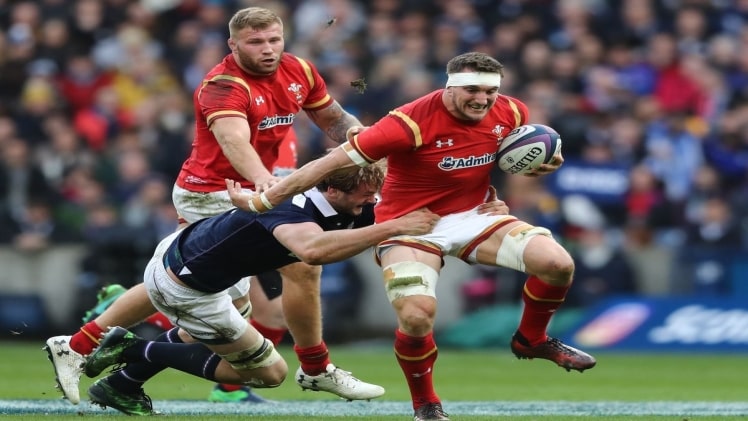Before rugby union went professional in 1995, players would play and train around a full-time job. But the transformation from what was an amateur sport into a professional one meant rugby became the full-time job. So, for players who devote their life to playing rugby, how exactly do they train between matches?
The Training Teams
In modern professional rugby, players are surrounded by a dedicated team of coaches, trainers and assistants. From the head coach, defence/attack coaches, strength and conditioning coaches, dieticians and medical staff, there is an army of professionals at the player’s disposal.
Physical Training
Physical training may range to meet the requirements of each individual player or position due to the different requirements. For example, players who participate in the scrum will need more strength training than a winger – who is expected to be fast – so will invariably be hampered by excess muscle mass.
Forwards/Backs
A rugby union team is split between its forwards and its backs, with the forwards generally doing the heavy lifting such as defence and set-pieces, and the backs mainly focusing on attack and unlocking the opposition’s defence. This, in turn, requires different training regimes.
One main difference will be the forwards’ set-piece training, i.e. scrum, line-out and maul drills. Because the backs are not expected to perform in these areas, they will not be trained in them. The backs will, however, receive training on their roles and expectations surrounding these set pieces, i.e. attacking from a won scrum or line-out.
Attack/Defence
In terms of coaching, teams will normally have an attack and defence coach, and while both forwards and backs get training from both, training will vary from either groups, sets of players or even individual players just as it does between attack and defence.
Defence training will most obviously focus on tackling, whereas attack training will focus on line-speed and so forth.
A Strict but Extreme Diet
Rugby is one of the most physically intense and demanding sports out there, and for all the physical demand professionals put on their body, their body also demands fuel in the form of calories. Again, depending on each player and position, the exact amount of calories varies, but some are known to consume up to 6000 calories per day!
However, you should remember that this is an extreme diet meant for professionals. In other words, if you decide to eat 6000 calories a day, it may be best to try some of the training exercises too…
Anaerobic Training
Rugby is inherently an anaerobic sport, that is to say, comprised of short passages of intense physical play interspersed with brief periods of rest, therefore, the training should reflect this.
Most modern professional rugby trainers will also tell you how that resting the body is as important as training it is. Brief periods of rest on training days are a means of simulating the on-pitch experience, as rest days after match days are used in order to give the body a chance to repair itself.

